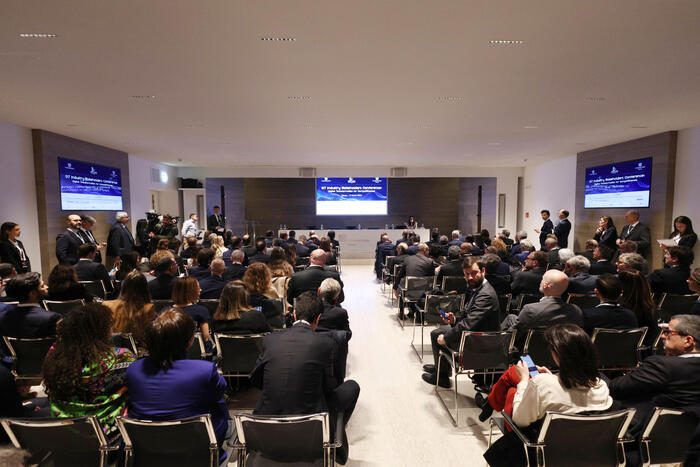Enlarge image
Police operation after a bank robbery in May 2021 in Berlin
Photo: Marius Schwarz / imago images / Marius Schwarz
Online banking and card payments are changing not only the financial industry, but also the business for bank robbers.
They are almost extinct in Germany.
The number of attacks on banks, savings banks and post offices has fallen by 95 percent over the past three decades.
In 1993 the Federal Criminal Police Office (BKA) in Wiesbaden counted 1623 attacks on »financial institutions and post offices«, last year there were only 80, as the time series of the investigating authority show.
Police, banks and insurers see several causes for the phenomenon.
In the mid-1990s there were almost 70,000 bank branches in Germany; according to the Bundesbank, there were still a good 24,000 at the end of last year.
So bank robbers now have less choice than before.
Added to this are technical progress and the declining importance of cash.
The risk for the perpetrators of an on-site attack is extremely high.
The police cleared up almost 80 percent of the attacks in 2020, and even more than 90 percent in 2019.
"If additional security measures such as low cash holdings lead to correspondingly low loot expectations, robbery generally turns into unattractive crimes from a risk-benefit perspective," said a spokeswoman for the BKA.
Cat and mouse game between banks and the perpetrators
But the financial sector is now confronted with a different type of gangster: ATM bursts and cybercrime are the economy.
"The risk of actually being caught is often much lower on the Internet than in the case of a bank robbery," says Rüdiger Kirsch, a fraud expert at Euler Hermes, a credit insurer belonging to Allianz.
"Due to the many possibilities offered by the Internet, cyber criminals no longer have to physically cross national borders, they don't even have to leave the house to commit a crime abroad."
A common scam are phishing emails with which cyber criminals try to swindle account information from gullible bank customers in order to then empty their accounts.
In principle, hacker attacks can be launched from any country in the world.
Euler Hermes has evaluated 7,654 damage reports from the financial sector from 2015 to 2021, totaling 870 million euros.
Cyber incidents came first with around 12 percent of the damage amount.
"Criminals who still rob a bank or blow up an ATM are actually pretty stupid," says fraud expert Kirsch.
"Because he is taking an unnecessary risk for what is usually much smaller prey."
But the number of ATM blows has increased significantly.
Last year, the BKA reported 414 cases nationwide, the highest number since statistical records began in 2005.
Compared to a bank robbery, attacking the machine is also less risky from the perpetrator's point of view: Most of the blasts are carried out at night without any witnesses nearby, and the penalties for robbery - i.e. the classic bank robbery - are higher.
When vending machines are blown up, there is now a real cat-and-mouse game between banks and the perpetrators.
"In around 40 percent of attacks on ATMs, the criminals now use solid explosives," says a spokeswoman for R + V insurance, with which many Volks- and Raiffeisen banks are insured.
"Up until two years ago, gas was mainly used in the explosions." If the perpetrators had fed enough gas into the machine, it was ignited.
But many ATMs are now so technically sophisticated that the machines can neutralize explosive gas and prevent explosions.
However, solid explosives cause immense damage, not to mention the danger to life and limb of the residents.
For this reason, R + V is now recommending a bunker-like solution for banks: free-standing pavilions made of reinforced concrete.
"The ring-shaped structures consist of up to 15 centimeters thick reinforced concrete and weigh ten tons," explains a spokeswoman.
"You can't achieve anything with conventional explosives."
But the criminal scene has learned that you can not only blow up ATMs: there is now also remote-controlled "jackpotting".
Criminals take control of ATMs via network servers.
mmq / dpa







